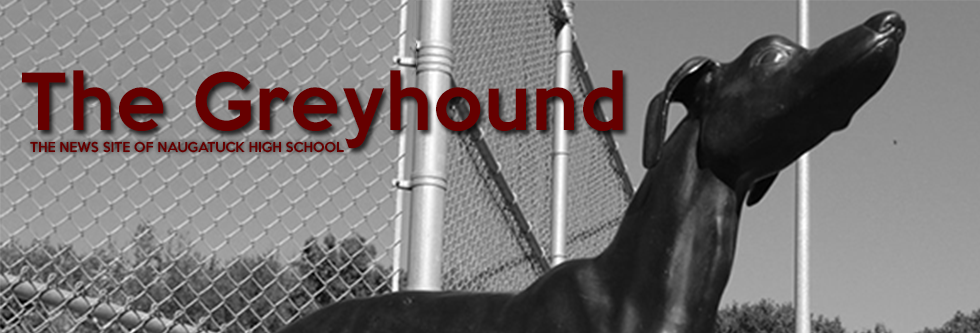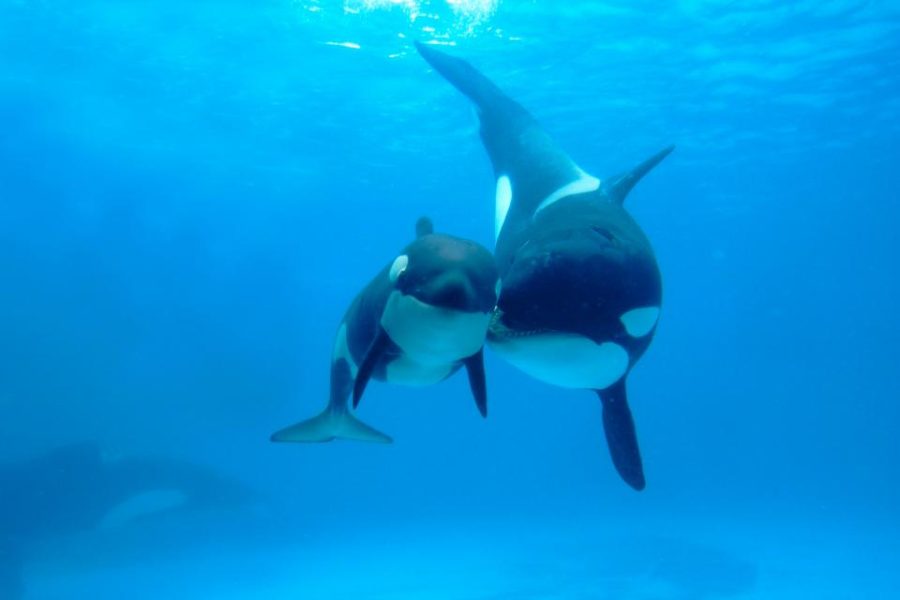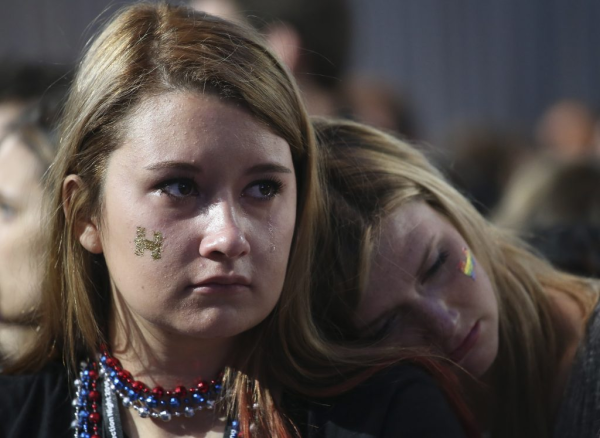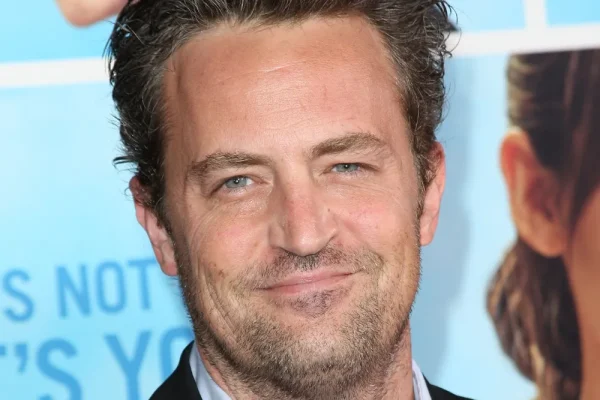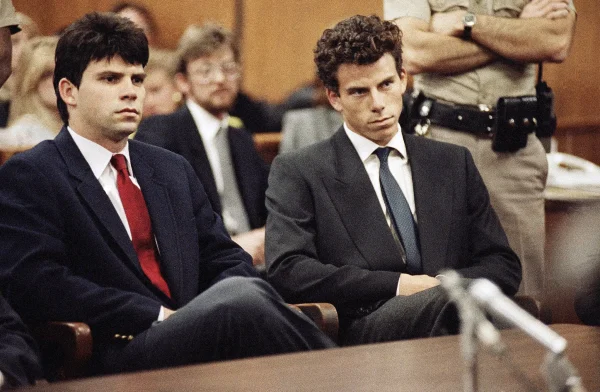Captive orcas given a new chance at life
Over the past few years, the public has been more aware of the treatment of captive animals. Since the release of Blackfish, which was talking about SeaWorld and their treatments on orcas.
Ever since this documentary, some have boycotted SeaWorld and protested orca shows and breeding.
The company had announced plans to end its controversial whale shows in San Diego in November 2015, in response to scrutiny from the state of California, and now SeaWorld is going a step further by phasing out its theatrical orca shows at all locations, including in Florida and Texas.
There was also a bill put into place to end all breeding of orcas at Seaworld in March 2016. But before this bill was passed, SeaWorld had found out that one of their female orcas was pregnant.
The mother’s, 25-year-old Takara, baby orca will be the last killer whale born in captivity at Seaworld.
Activists had urged SeaWorld to let Takara give birth in the new seaside sanctuary but the company denied that request and reassured the public that Takara would be safer to give birth at SeaWorld and highly publicized the pregnancy.
When Takara gave birth to her new calf named, Kyara, everything seemed to be going quite well until Kyara fell ill and ultimately ended up dying.
According to a press release from the park, Kyara, who was only three months old, died after complications from an infection that had grown progressively worse over the past few days.
The orca calf received 24/7 monitoring in the days leading up to her death. SeaWorld veterinarians treated her with antimicrobials and antibiotics, even attempting to feed the whale by hand.
In their press release, SeaWorld maintained that Kyara’s infection was not a result of being kept in captivity. The park continues to monitor the remaining orcas, none of which have yet exhibited any signs of illness.
Since the death of the young calf, the public has been pushing more towards the sanctuaries so that whales can retire from performing.
Sea sanctuaries are one step closer to becoming a reality with the launch of The Whale Sanctuary Project, whose mission is to develop, design, and establish a protected coastal location “where cetaceans (porpoises, dolphins and whales) can be rehabilitated or can live permanently in an environment that maximizes well-being and autonomy and is as close as possible to their natural habitat.”
Seaside sanctuaries offer more space in which to swim and dive, more novel and dynamic natural elements, the possibility of communicating with wild orcas, the opportunity to learn how to hunt and solve problems, and the freedom to choose what they want to do and when and where they want to do it. Sanctuaries also offer some orcas the potential for release into the open ocean.
This could be a step forward in a new direction for sea animals that have spent years in a small tank and performing to finally have a chance in a semi-natural wildlife experience. Sea World has been clear about how they feel about this sanctuary and how they intend to keep the orcas they have now, including Takara, at SeaWorld.
“Critics want us to go further; they believe we should simply ‘set free’ the whales and release them into the ocean,” SeaWorld said in a statement titled “Why Sea Cages Are Dangerous.” “We believe that would likely be a death sentence for our whales.”
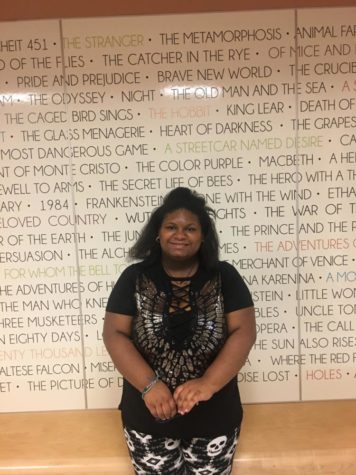
I am a senior at NHS. I would like to be pastry chef. I am taking journalism because writing is a big part of my life and brings me joy.
